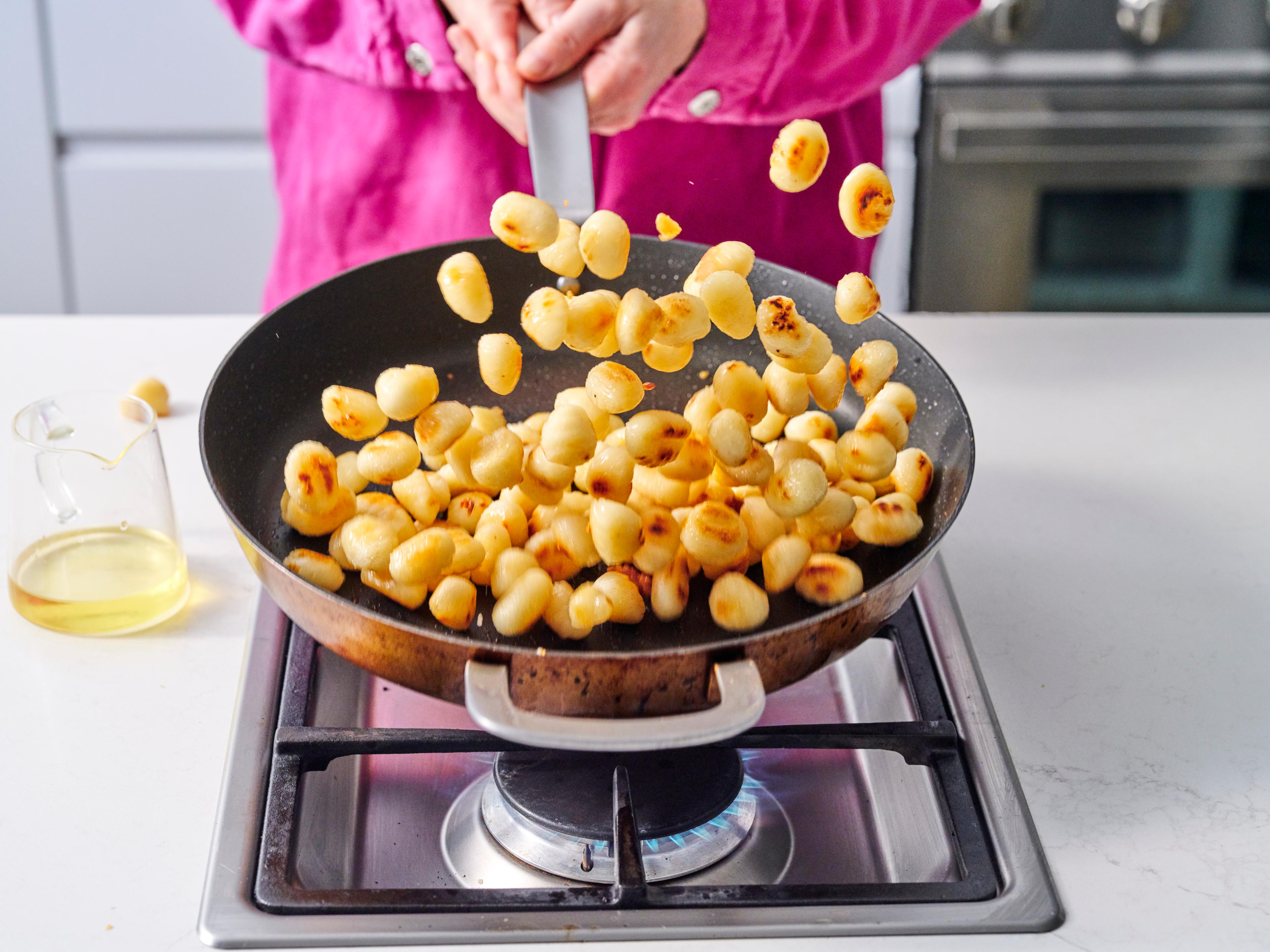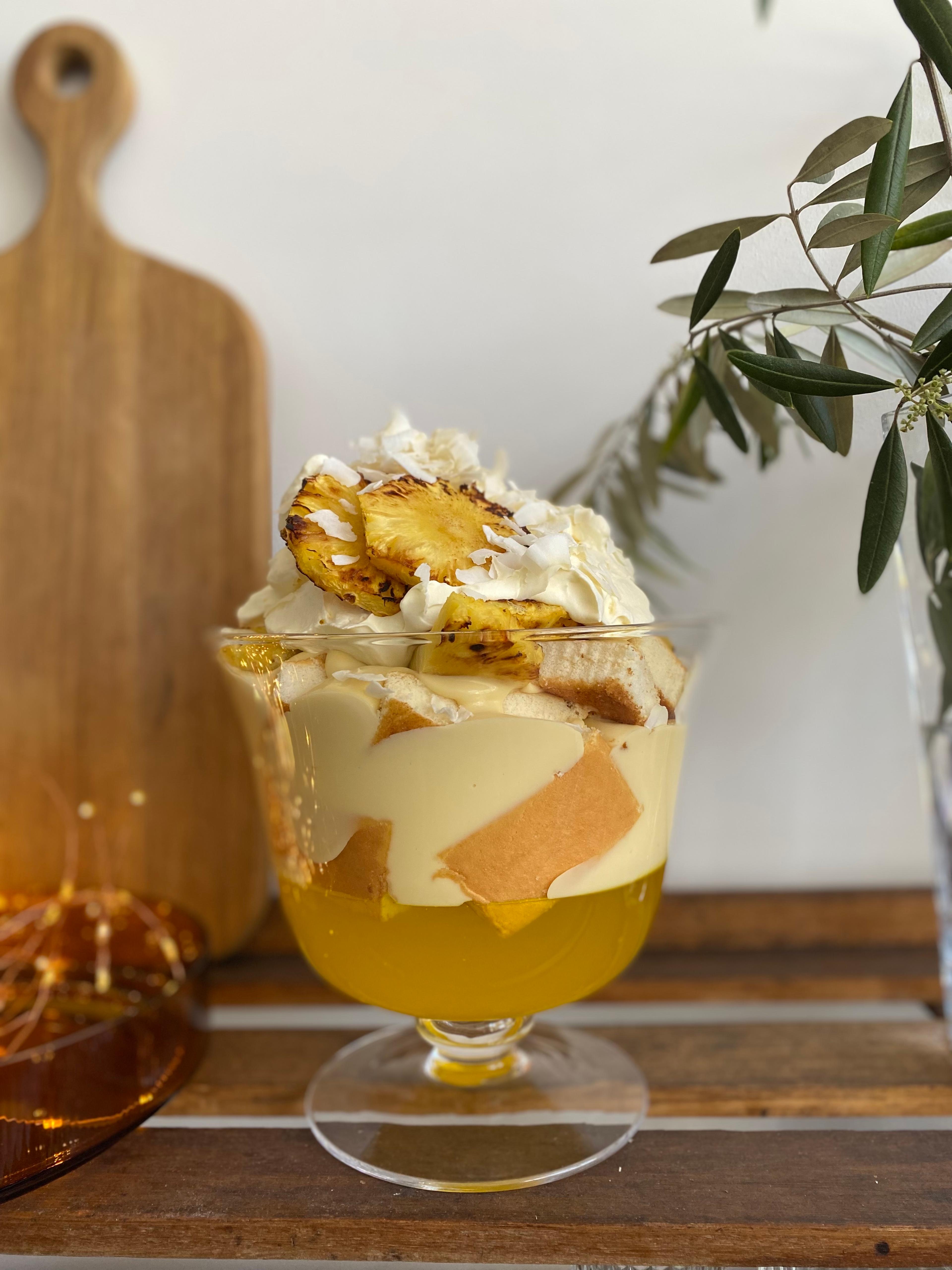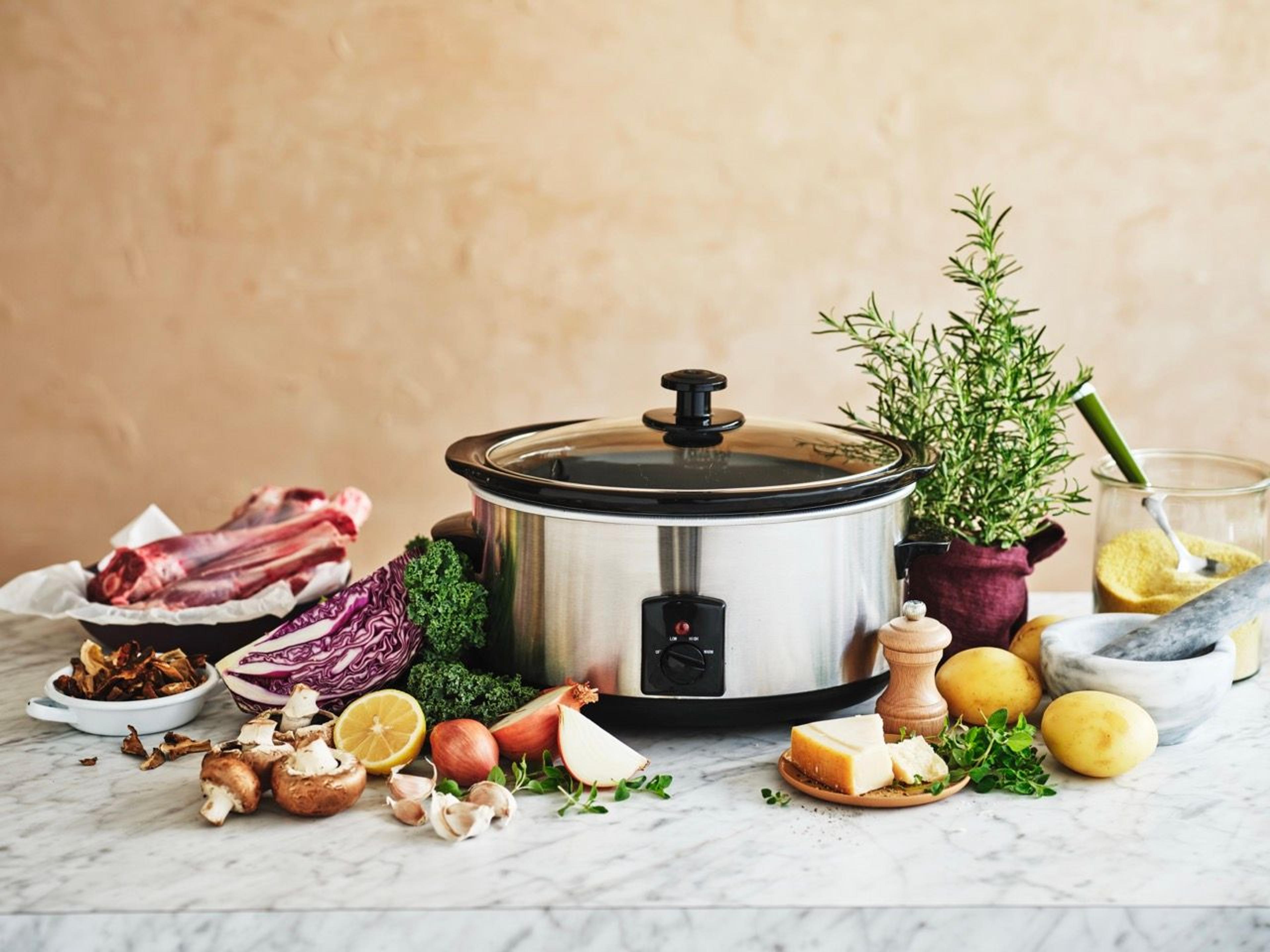
Some Tips and Tricks for Seasonal Slow-Cooking.
Well, here we are again. The weather is cooling, the clothing is woolly and we’re gearing up to become one with the couch. These are all great things, we’re fans. But just before you sink too deeply into those throw cushions, let’s put on a slow-cook.
Braises, curries and stews are such beautiful fare for wintry days. Rich and robust with a good, rib-sticking side to power up the comfort levels, slow-cooking is winter’s reward for the culinarily inclined. But that doesn’t mean you need to be a bake-from-scratch type of person to pull off a braise so aromatic your neighbours will start sniffing around for an invite.
Nope.
Here's the thing. Slow-cooking is ridiculously easy. You’re basically just delegating the achievement of that depth of flavour to your old nemesis, time. Yes, time does all the heavy lifting here. Your input is deliciously minimal. Some chopping, a quick browning off in the pan, then you hand it over to time and let it get right to work creating layers of flavour. You’ll hit play on that new series and put your feet up until it’s time to take full credit.
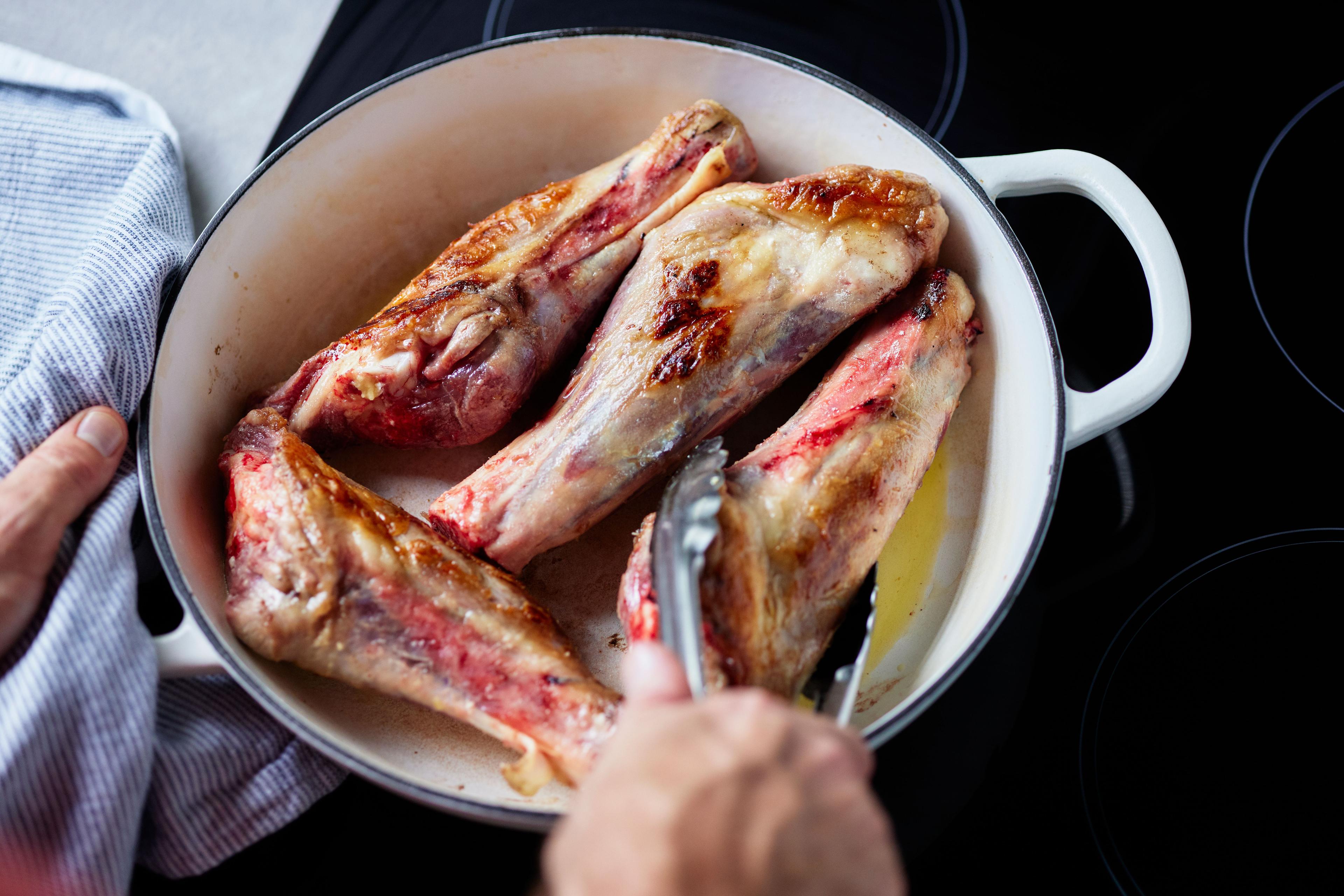
Tips for taking the slow road
Choice cuts
Often the best cuts for slow-cooking are those that have the bone-in or a good layer of fat, which both make for succulent braises. The passing of time helps to break down and tenderise these cuts. Go for pork scotch, chicken marylands, shanks and brisket and be rewarded with meltingly tender meat.
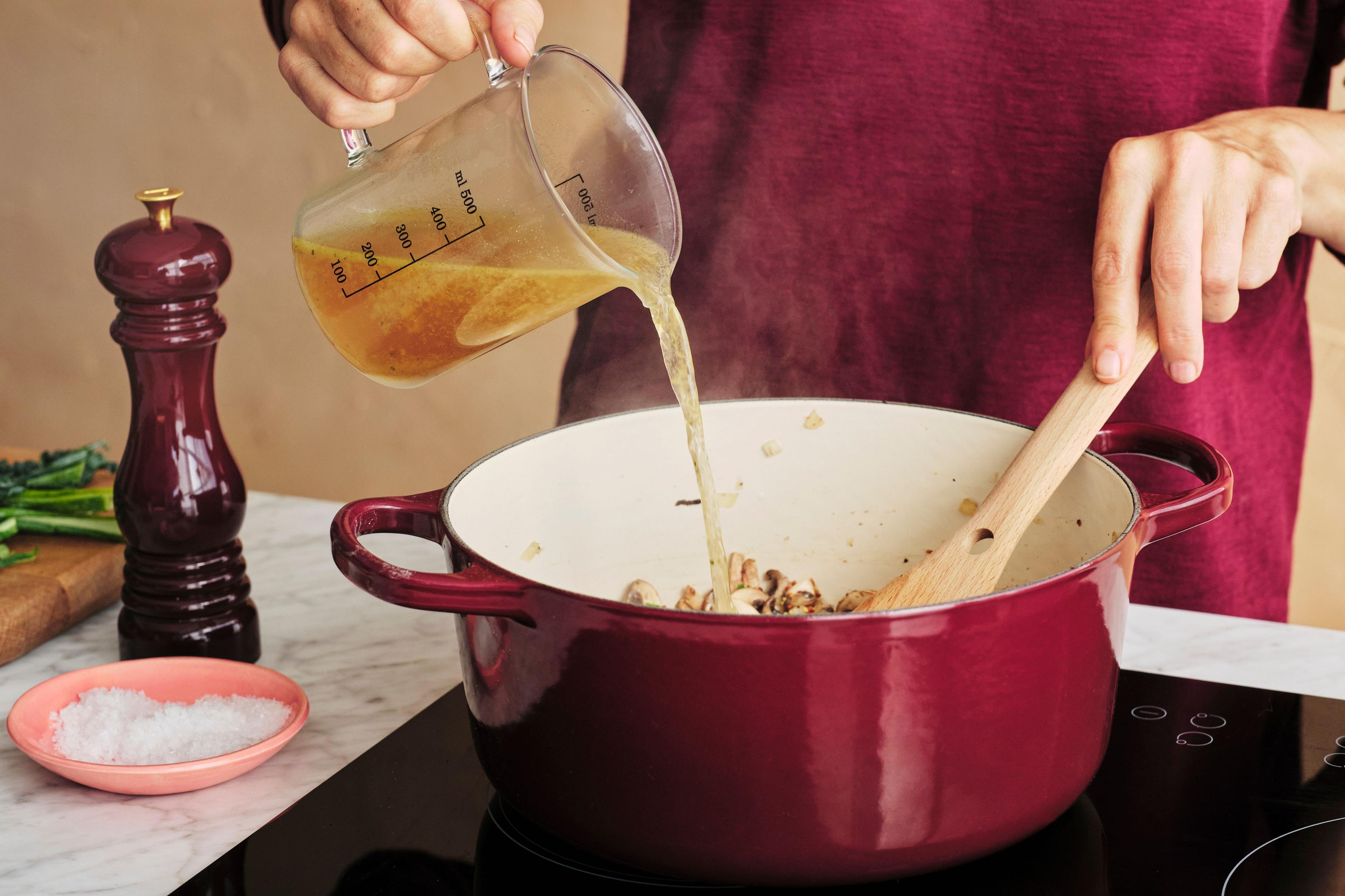
Keep the liquid coming, but not too much!
Don’t be tempted to add in too much water at the start of cooking, as vegetables release a surprising amount of the stuff. But, because we’re cooking for a decent length of time, you might need to make sure your meat doesn’t dry out. So keep a casual eye on things and top up a little with stock or water if you need.

Slow-cooker or oven?
Slow-cookers are the ultimate in set and forget method of cooking. They’re particularly great if you need to go out, but ovens and stovetops do the same thing on a steady, low-heat. So if you’re staying in, using the oven is fine – just make sure you have a tight-fitting lid to keep everything succulent. You’ll find instructions for both methods on our slow-cook recipes.
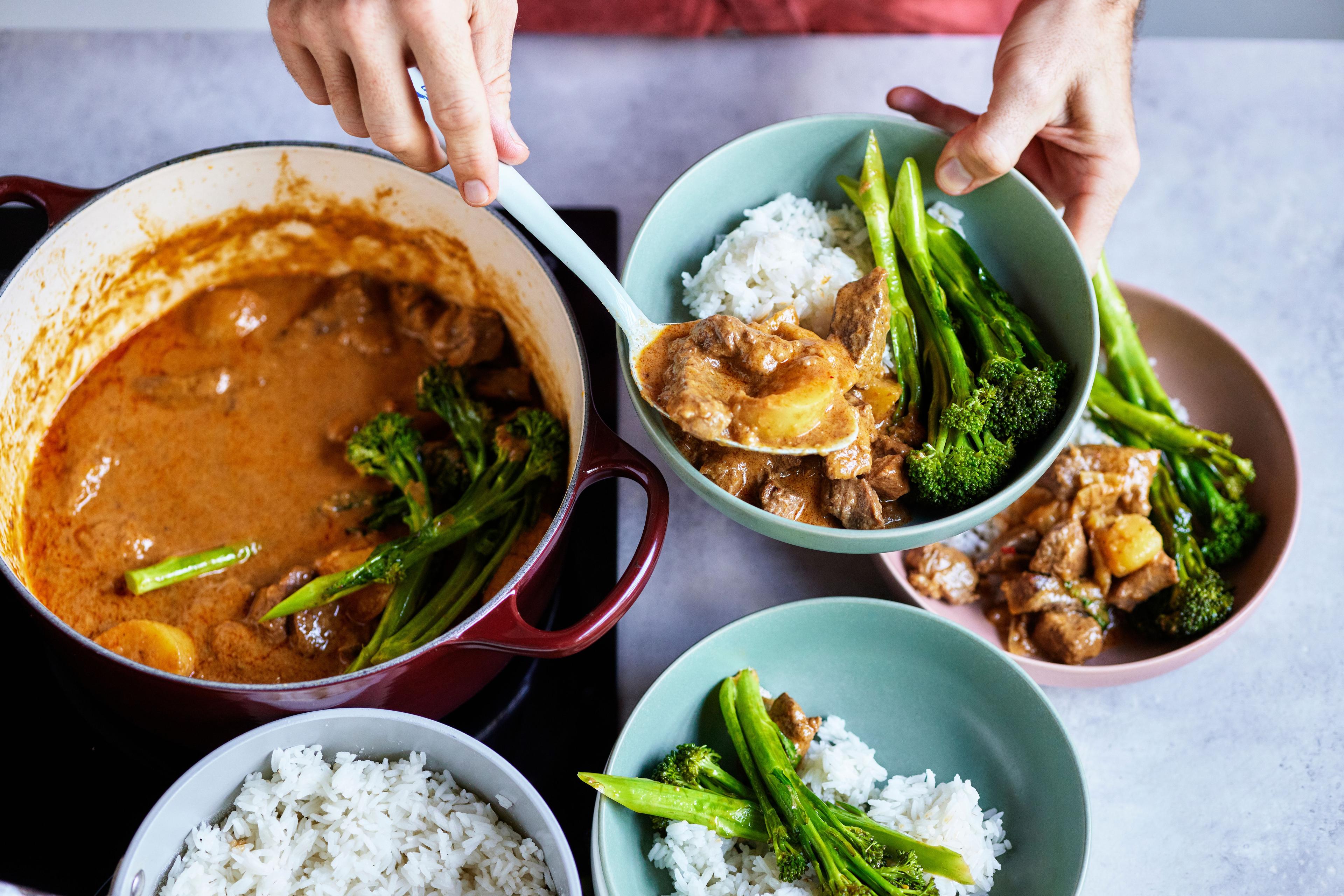
Batch it up
Because slow-cooking does require time a time investment, it’s perfect for batch cooking. You’re putting the time in, so you may as well get more than a single meal out of it. Plus, eating your handiwork the next day often tastes even better, which is a happy bonus. We love cooking extra and freezing it for up to three months, that way, there’s always a beautiful, home-cooked meal waiting in the freezer. It’s a nice feeling.
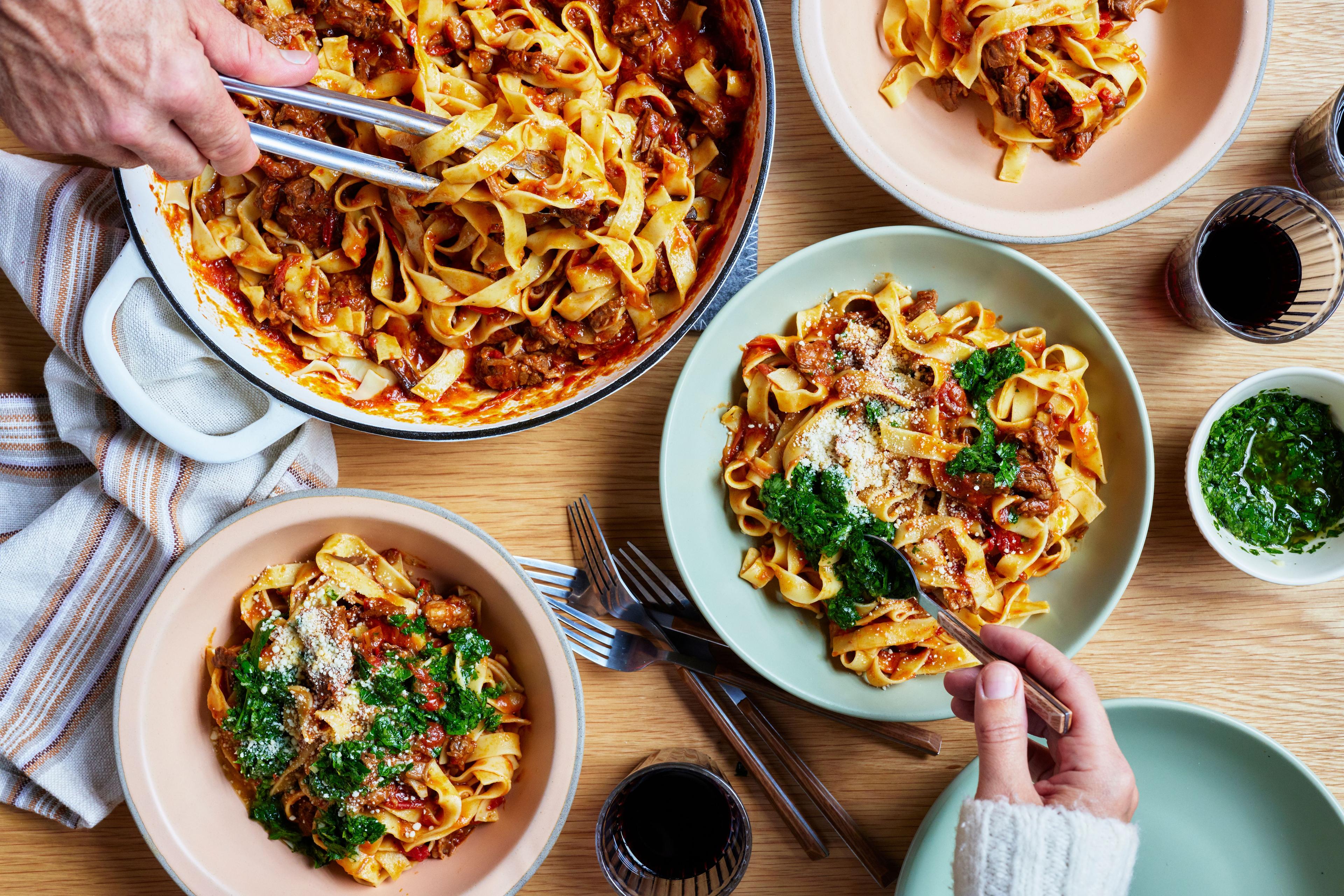
A late season
As time carries on in the pot, flavours tend to concentrate, so it’s a better idea to season at the end of the cooking process, rather than at the start before things have really mingled.
We’re super slow-cookers in the QuiteLike kitchen and we’ve been working on nine new, properly heirloom-quality recipes that are so good you’ll keep them in the family repertoire for generations. Of course, we’ve also kept the favourites from last year’s slow-cook-up in the mix, too.
You can peruse the list here.

